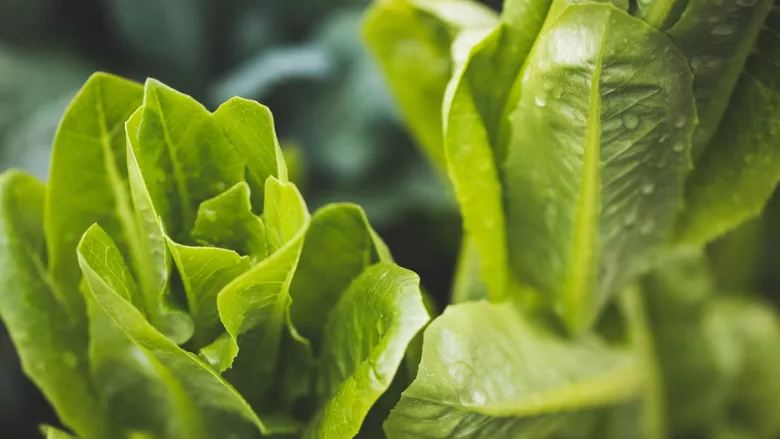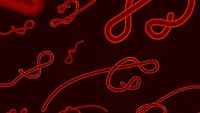Study Demonstrates Listeria Persister Cells’ Susceptibility to Chlorine

Image Credit: Stephanie Moody via Unsplash
A recent study has demonstrated the ability of Listeria monocytogenes to develop persister cells under produce packinghouse conditions, as well as persisters’ susceptibility to chlorine treatment where antibiotics fail. Persisters, a subpopulation of growth-arrested cells, are considered a public health concern due to their antimicrobial tolerance and the risk of them reverting to an active state under ideal conditions.
For the study, researchers isolated 34 L. monocytogenes strains from produce processing plants and packinghouses in California. The three strains with the strongest adherence abilities were identified using a fluorescent microplate adherence assay, and were further used for experimentation.
The impact of the cells' physiological status, density, and nutrient availability on the formation of persisters were also determined, which were isolated and screened using the antibiotic Gentamicin at a dose of 100 milligrams per liter (mg/L). The researchers found that the physiological status differences between strains brought by culture preparation methods—specifically, plate-grown versus broth-grown—did not impact persister formation. However, higher persister ratios were found when cell density increased.
Next, the formation of persister cells under simulated packinghouse conditions was tested by artificially inoculating stainless steel coupons with L. monocytogenes suspending in media with decreasing nutrient levels: brain heart infusion broth (1,366 mg/L of oxygen), produce-washing water with various organic loads (1,332 mg/L O2 and 652 mg/L O2), and sterile Milli-Q water. The pathogen survived in all suspensions at 4 °C with 85 percent relative humidity for seven days, although two of the three strains saw persister cell levels decline in nutrient-poor media over time. Persister populations decreased along with total viable cells, demonstrating the impact of available nutrients on the formation of persisters.
Finally, the chlorine sensitivity of L. monocytogenes persister cells was evaluated and compared with regular L. monocytogenes cells. Results showed that, despite their increased tolerance to gentamicin, the persisters were more susceptible to the chlorine treatment (100 mg/L for 2 minutes) than the regular cells.
Looking for quick answers on food safety topics?
Try Ask FSM, our new smart AI search tool.
Ask FSM →








